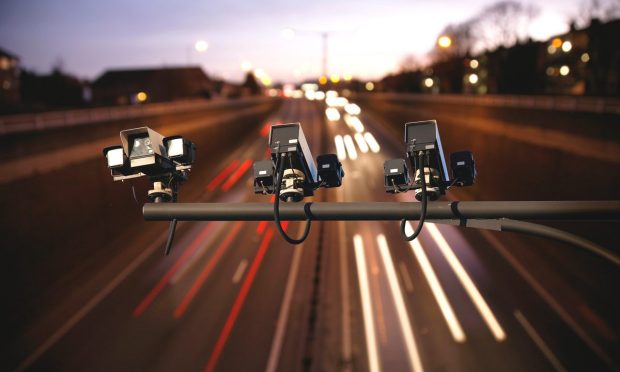By Making ‘Dumb Cameras’ Smart, AI Is Improving Traffic Efficiency

Imagine a future in which commercial fleets could pay cities a toll that would allow their vehicles to travel without being stopped by traffic lights. With 5G and vehicle-to-everything (V2X) enabling cities’ smart infrastructure to constantly communicate with connected vehicles, traffic lights would give priority to the fleets’ vehicles, saving them time and money.
“Use cases such as emergency vehicle priority or freight vehicle priority, that technology already exists,” Georges Aoude, CEO and co-founder of Derq, told PYMNTS. “What doesn’t exist yet is the ecosystem, because it’s not yet there at the scale that you can start charging those commercial companies a fee to use those systems. But I see this as one important use case.”
Improving Existing Infrastructure with Artificial Intelligence
It was while pitching ideas like that to cities that Aoude came up with Derq’s current business model, which is providing cities with an artificial intelligence (AI) platform that helps improve road safety and boost traffic efficiency.
Using the cameras and sensors cities already have in place to monitor roads, Derq adds its real-time AI platform that takes the feeds from those devices and detects, tracks, predicts and classifies road users’ behaviors.
This enables cities to not only detect events like wrong-way drivers and crashes but also predict events. The AI and machine learning (ML) analyze the camera feeds, find near-misses and spot patterns that help cities find and fix locations that could be the location of future crashes.
Cities might not have the budget to start innovating, building smart infrastructure and getting ready for autonomous vehicles before they are here, but they do have budgets for traffic management and traffic safety, Aoude said.
“What we discovered is that many of those states and cities have already invested in sensors, and many of them in cameras in the last 10 years,” Aoude said.
There are hundreds of thousands of traffic cameras in the U.S. alone, but they are only doing one or two small use cases. These cameras are used for monitoring, to see if a crash happens or if there is traffic congestion.
“Today, the cameras that exist, I can call them dumb cameras,” Aoude said. “They are there, they are there recording sometimes, but you only use them when something happens. With AI and machine learning, you can start making them much smarter.”
Getting Ready for Connected Infrastructure and Autonomous Vehicles
Cities can do so much more with these existing assets by allowing a company like Derq to add software and AI on top of the camera feeds in order to improve traffic and safety management, Aoude said. This allows cities to achieve higher performance while also reducing costs.
“There are other ways your personnel can be using their time,” Aoude said. “Instead of doing manual collections and spending a lot of time trying to figure out where things are happening, they can actually spend time analyzing and generating value for you.”
In the future, when 5G and V2X is added, this technology could also be used to alert drivers that a car is about to run a red light or a pedestrian is about to jaywalk, in both cases detecting things that the driver may not see. This could also deliver this information to autonomous vehicles, giving them a view they cannot have with just their own sensors.
Derq works with automotive players — original equipment manufacturers (OEMs) and Tier 1 suppliers — to develop pilot programs showing how infrastructure will help them improve safety as future connectivity is put in place.
“Today, we are very focused on the infrastructure technology, establishing ourselves as a leader in this space, because, as I said, there are short-term benefits for the cities. In parallel, we are getting ready for the expected large projects in connected infrastructure when autonomous vehicles start showing up at scale,” Aoude said.